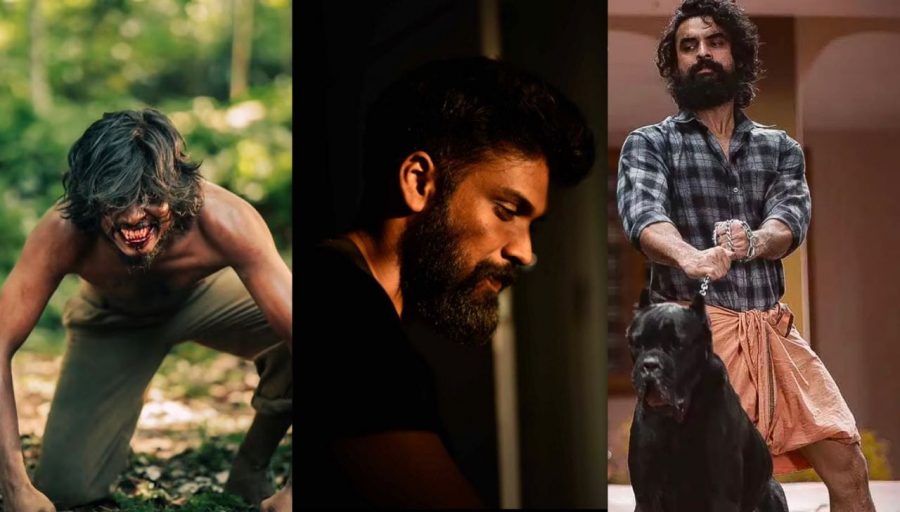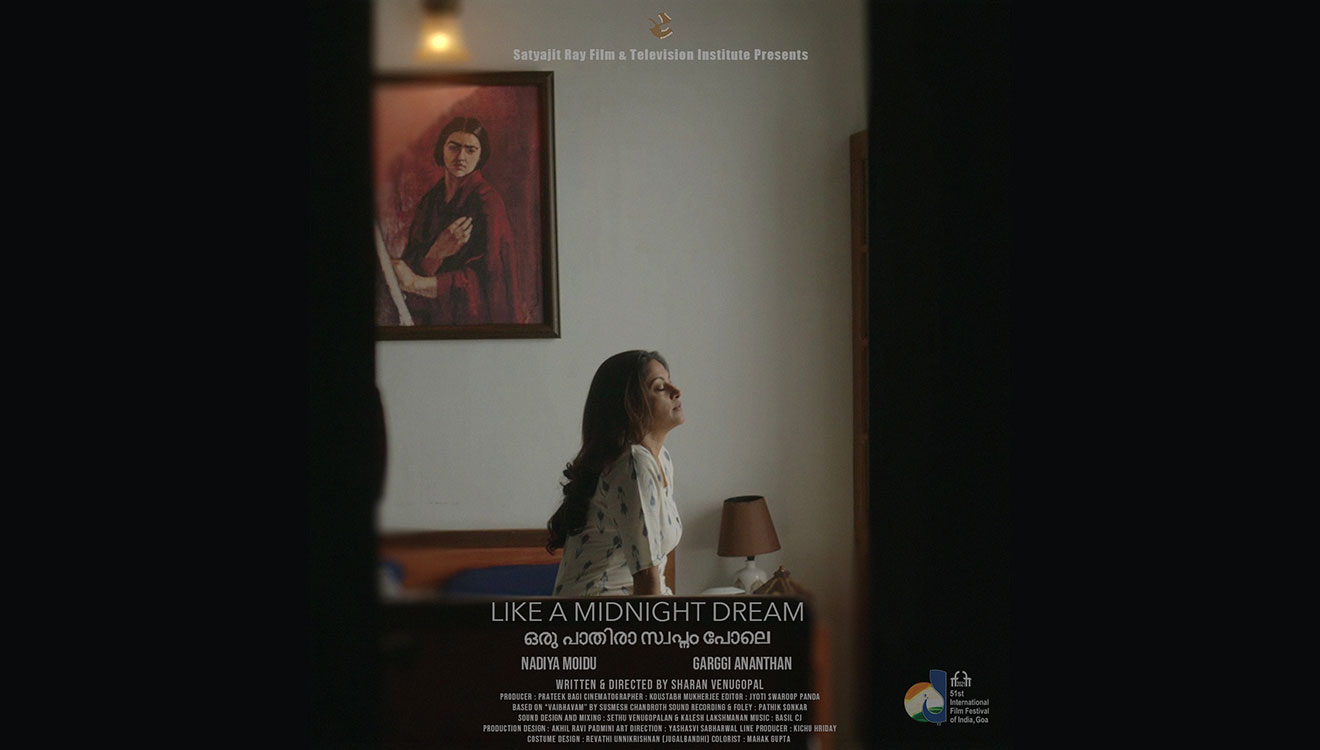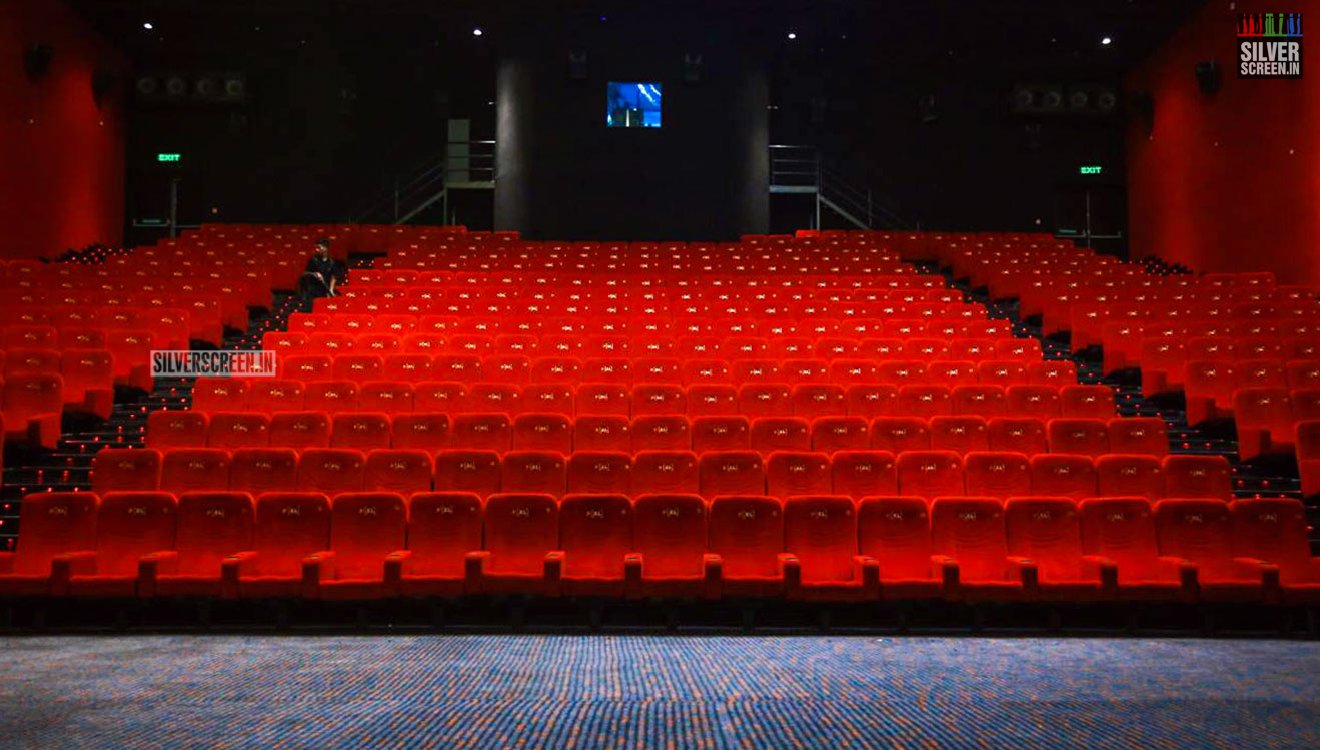In June 2020, a nationwide outrage brewed over the death of a pregnant elephant in Palakkad district in Kerala after it consumed a pineapple filled with firecrackers. People termed the incident a premeditated act of ‘human cruelty’ and demanded justice for the animal.
While it was unclear at the time if the act was indeed premeditated, since farmers in the region are known to use such explosive-laden fruits regularly to protect their crop from wild boars and other animals, the incident triggered a massive outrage across the country. For filmmaker Rohith VS, who was at the time working on the story for his third film Kala, the incident also served as a stimulus, he told Silverscreen India.
Kala, starring Sumesh Moor and Tovino Thomas in the lead roles and currently streaming on Amazon Prime Video, tells the story of a “violent and bloody” conflict that erupts between two men. The reason: Shaji (played by Tovino), the son of an affluent landowner, intentionally kills the pet dog of a tribal youth (played by Moor), using an explosive-laden piece of meat. Moor shows up at Shaji’s home, posing as a daily wage labourer, his heart set on revenge.
While the film begins by portraying Shaji as the protagonist of the story, it takes 180 degree turn in the second half. The real hero of the story is the tribal youth, played by Moor- a graduate from the School of Drama and Fine Arts in Thrissur, Kerala.
“The narrative was the initial thought. We introduce someone in a hero premise. I had an image of this hero in mind- he goes to the local market, has a wife and kid at home. When someone intrudes into their quiet lives, the vibes are villainous. When the story progresses however, the perspective shifts. The audience realises that this person that they thought was the hero is the real villain of the story. I was working on this narrative last year when I read about the incident in Attapadi. Killing an elephant by feeding it a pineapple stuffed with crackers cannot be termed an accident. Someone intentionally set a trap to kill an animal. That incident really triggered something in me,” Rohith told Silverscreen India.
“All life is sacred. Everyone is equal-be it a butterfly or a man or an elephant. I felt this was a good message to convey through the film,” he said.
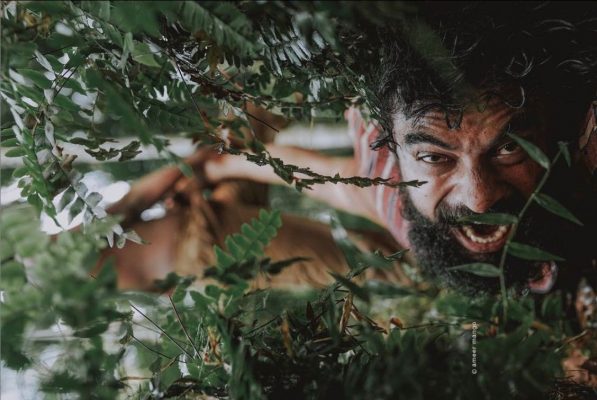
Rohith said that several people who heard Kala’s story asked him to alter the reason for vengeance in the plot to something “less trivial”.
“I was clear from the beginning-the reason has to be love. And the pain that comes from losing someone you love. A lot of people have reached out to me and pointed out that the reason is very trivial. ‘Why create a furore over something as trivial as killing a dog?’ In fact, people I had initially narrated the story to told me to change it. I was asked to keep the premise intact but was asked to change the reason for vengeance- one person suggested that the reason could be that Shaji raped the young man’s sister and he is now looking for vengeance. But that’s not what Kala is all about. The whole idea of Kala is universal equality,” said Rohith.
Why Kala is not an action film
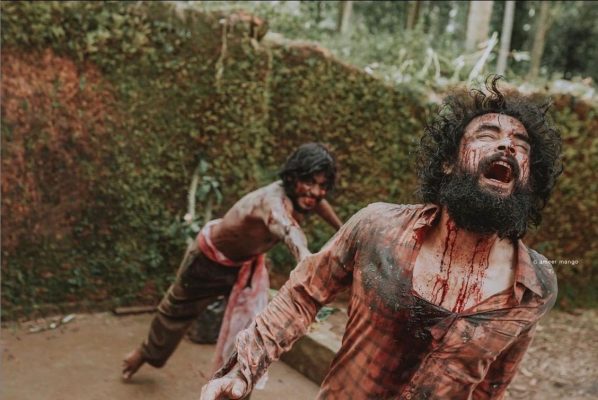
Although action sequences constitute a major duration of the film, Kala is not an action film, said Rohith.
“Shaji represents man’s ego. I wanted to throw a new light on what passes off as heroism in films. If someone did these things in real life, you would not think of it as an act of heroism. It is egoism, where someone thinks they are above others and acts in their own self-interest. Although there is on-screen conflict, Kala is the story of a psychological conflict. We have portrayed that conflict through action.”
The four action sequences, featuring Shaji and the young boy were divided into more than 200 smaller segments and a scoreboard was designed to make sure the audience is hooked.
“This was to keep the audience engaged and make it a little difficult for them to predict who was going to emerge victorious at the very end. We discussed the psychology behind each move in those fight scenes. We made sure that they only use things that you would find around the compound of your house as weapons. Many of us think of our own homes as a safe zone. We wanted to show that there are several things in and around our own homes that we could use as weapons if we have that intent to hurt someone.”
Speaking about inspirations for Shaji’s character, Rohith said “There are a lot of highly egoistic, alpha personalities from our own lives in the 90’s that we drew inspiration from. We also drew references from characters in literature- such as Chacko Ipe from God Of Small Things.”
Getting a hero to play the villain
Rohith was initially apprehensive about actors turning down Shaji’s role. The goal was to get a leading actor to play the villain, he said.
“We wanted someone who usually plays the protagonist or the hero in films to play Shaji’s role. Only when a prominent hero plays this role will our narrative work. When people see Tovi’’s [Tovino’s] image plastered across posters, they make the mistake of assuming he is the hero of the film. This is the convention we wanted to shatter. He is an actor, he can play any character, even that of the villain. As someone who has played the hero in films, I didn’t know his [Tovino’s] mindset at the time I pitched the story. But he got really interested in the politics of the film. For the politics, he was ready to do it. He never showed any apprehensions about the fact that he is playing the villain in the film,” said Rohith.
“To really understand the character and to stay in it, Tovi tapped into the ego he has inside him. We all have this buried deep within us.”
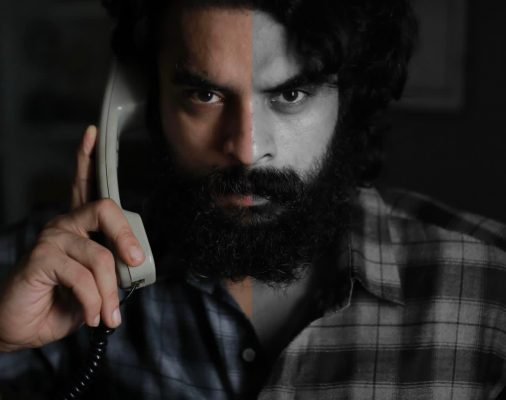
Set in 1997, Kala was shot over 48 days in 2020, amid Covid-19 restrictions in a sprawling piece of land in Piravom, Ernakulam and a cardamom plantation in Kumili. The team had to take a one-month break in between when Tovino suffered an injury on set and was later diagnosed with internal bleeding.
Finding a house in Kerala today that resembles a house from the 90’s was a difficult task, Rohith said.
“We were very specific about the type of house we were looking for- it had to be a lone house standing right in the thick of a sprawling piece of land. People who live in such houses are known to lead a restricted life as well, so finding the right house was very important. We spent quite a bit of time on this,” he said.
Elaborating on his decision to set the film in 1997, Rohith said “We have more clarity about the past than we do about the present. I also wanted the audience to feel that not much has changed since 1997, as far as man’s behaviour goes.”
After a lengthy and power-packed action sequence, a signal that the brawl has finally ended is a calming and breezy track that plays over striking visuals of blood splattered on walls and dripping from smooth Areca palm trunks. The scene is reminiscent of the climax sequence in Quentin Tarantino’s Once Upon a Time In Hollywood, a scene of calm after the storm.
“We shot the climax with the title track of Django Unchained playing in the background. We wanted to end the movie peacefully. Until that point, the narrative is driven by extreme anxiety and fear. It’s a very disturbing watch, probably. We wanted to make that transition from a state of extreme fear and anxiety to extreme peacefulness,” said Rohith.
Future projects
Recommended
Rohith disagrees that Kala is starkly different from his previous works Adventures of Omanakuttan (2017) and Iblis (2018).
“I am interested in cinema and don’t want to be bound to any particular genre. My first two films came out around the same time and I was in a lighthearted headspace then. Maybe things have evolved since. Surrealism is the genre, I think, for all three of my films- Adventures of Omanakuttan, Iblis and now Kala,” he said.
Speaking about future projects, he said “I am working on two-three ideas but I’m unsure of which one of these will materialise. I don’t want to be bound by any particular genre. I would like to explore the possibility of making an entirely new genre from scratch.”
